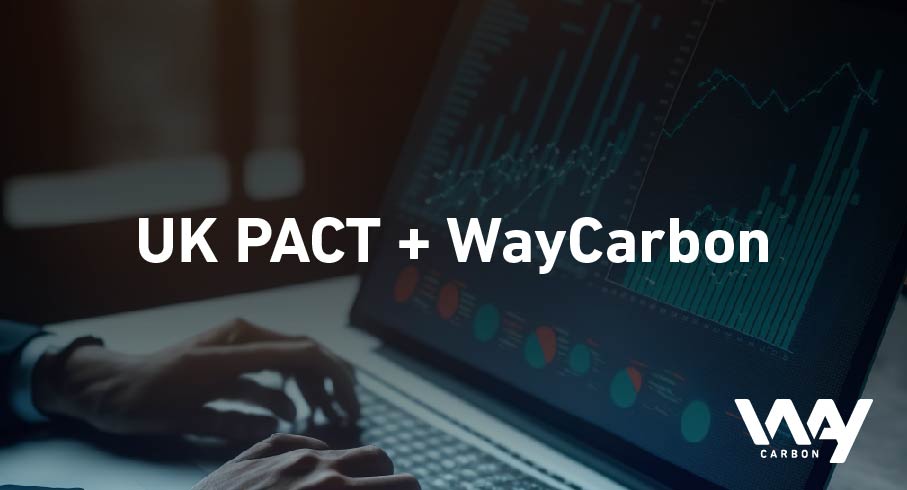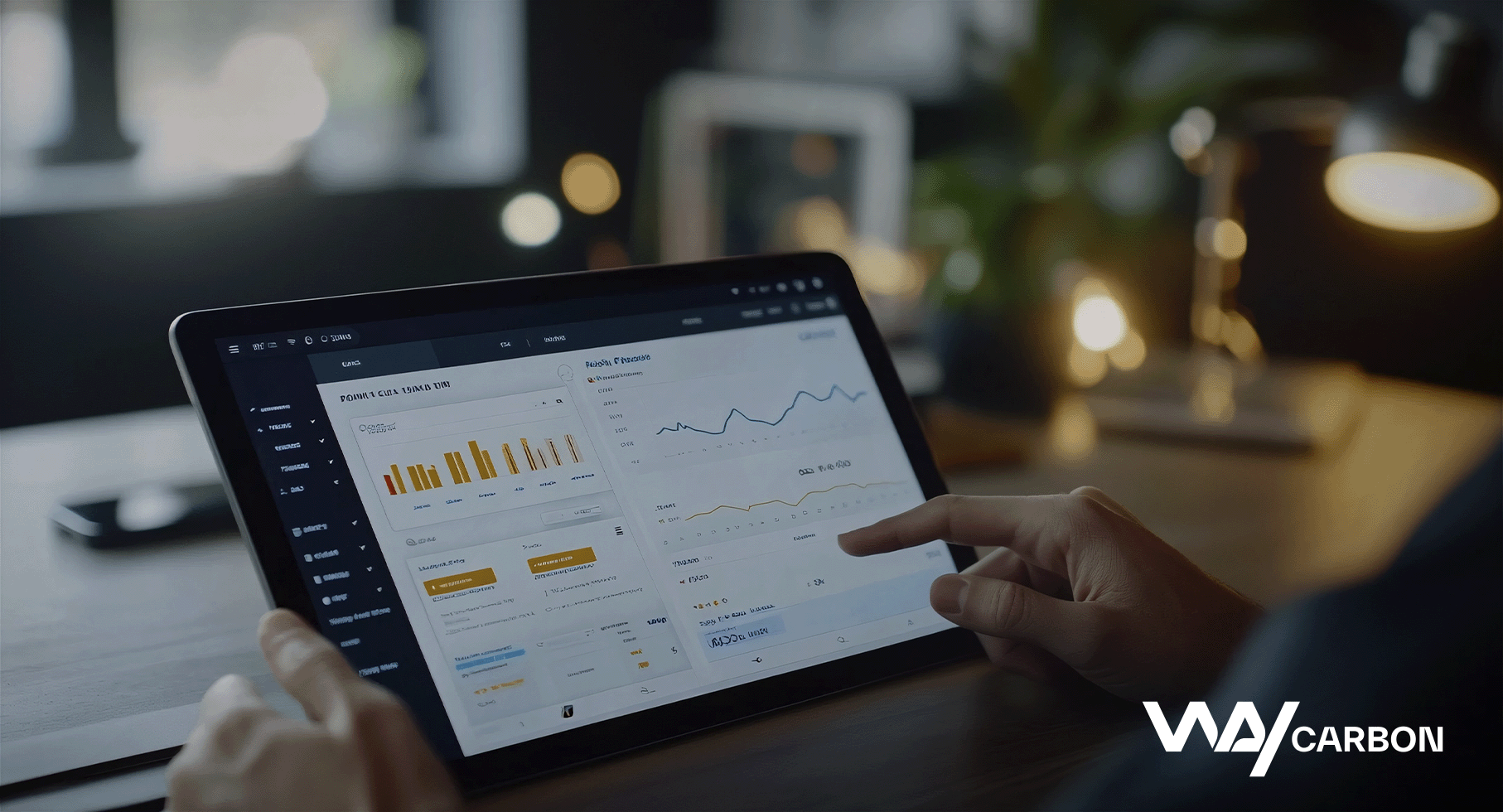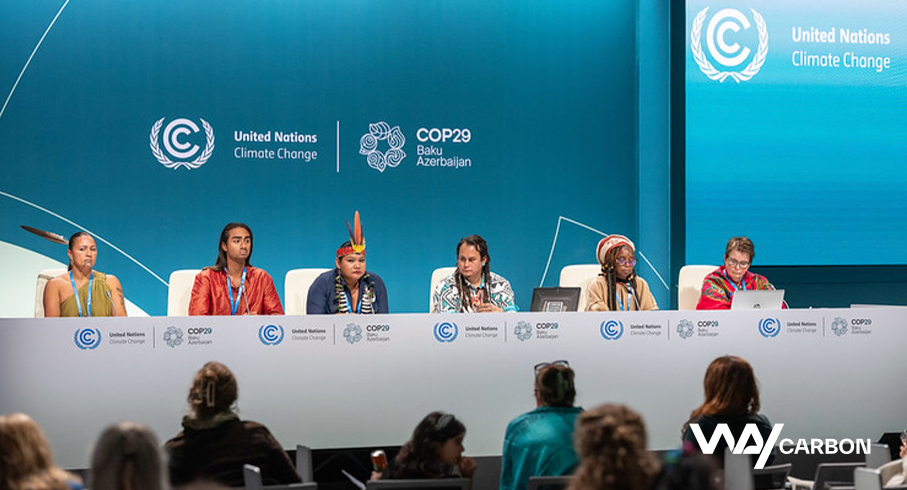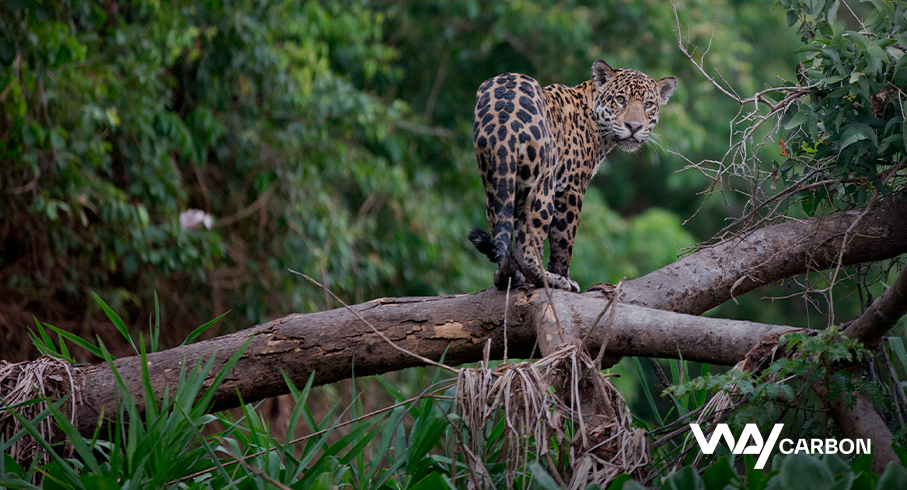WayCarbon launches climate risk analysis tool for development banks
In line with the Central Bank’s determination that financial institutions monitor climate risks, WayCarbon announces the launch of a solution developed exclusively for Development Banks (DBs) in Latin America. It pioneers the consolidation of physical and transition climate risk variables in the analysis of new credit approvals.
The project is unprecedented in its proposal to consolidate climate risk based on both physical components (related to changes in climate patterns and the occurrence of extreme weather events) and transition components (related to the need for structural adaptation of a particular sector in the transition to a low-carbon economy). It was supported by UK PACT, an International Climate Finance (ICF) programme focused on climate change innovation, in partnership with the 2 Degrees Investing initiative
“As a legacy of the COP26 Presidency, the United Kingdom is strongly committed to supporting climate action by different actors, and development banks are important catalysts in the transition to a low-carbon economy and the promotion of sustainable development,” highlights Maud Chalamet, UK PACT Programme Manager in Brazil.
About the tool
Based on the guidelines of the Task Force on Climate-related Financial Disclosures (TCFD), the solution developed by the consultancy will enable the assessment of the main climate risks faced by Development Banks in new lending operations. The solution consists of two elements: the first is the framework, a document that provides a high-level analysis of physical and transition risks, and the second is an automated tool that performs climate scenario analysis for key sectors. DB teams will also receive free technical training on the solution through the ESG Academy, WayCarbon’s knowledge hub.
“The tool has been driven by the scenario that this year brings, with regulations and requirements for specific reporting on the subject. Our goal with this project is to enable Development Banks, which are key players in the economic recovery of countries, to evaluate new loan applications by incorporating challenging climate change scenarios into their decision-making process,” says Nathalia Pereira, Sustainable Finance Coordinator at WayCarbon.
Since the launch of the pilot project last year, BDMG (Minas Gerais Development Bank) and BNDES (National Development Bank) have supported the consultancy in identifying good governance practices for integrating climate risk assessment into banking processes and in the understanding of methodologies for credit risk analysis.
Covered sectors
In fact, the banks have also requested to extend the coverage of the solution to the following sectors:
- Agribusiness: sugarcane, soybean, Conilon and Arabica coffee farming;
- Cattle, swine and poultry farming;
- Manufacturing industry: sub-sectors of alcohol and sugar production, dairy products, automotive parts and accessories;
- Energy: solar, wind and and hydroelectric power generation, as well as power transmission lines;
- Infrastructure: airports, ports, highways, and sanitation.
Other organisations indirectly involved in the project, which will also become users of the solution, include the Regional Development Bank of the Far South (BRDE), the Northeast Bank of Brazil (BNB), Badesul, Desenbahia, Desenvolve SP, and the Brazilian Development Association (ABDE).
“The issue is challenging, and we believe the tool can help us improve the assessment and granting of loans based on climate risk classification,” points Mariana Paula Pereira, from the Social, Environmental and Climate Risk Management Department at BDMG.
Approach on climate risks
As asset-level data is not always available in the Brazilian context, the tool takes a simplified approach to assessing physical and transition risks:
- Climate risk is analysed on the basis of three components: threat, exposure, and vulnerability.
- When they use the tool, bank teams specify the climate scenario to be used and time horizon, which can be defined, for example, according to the proposed duration of the loan. They also select the sector and project location at the city level. This information calibrates the threats to which the project would be exposed.
- In the next step, bank teams can indicate the sub-sector of the operation, which defines the specifics of that project’s risk exposure.
- Finally, simplified questions on production methods and mitigation measures calibrate the vulnerability of the project being assessed.
- The combined results generate a score from 0 to1 for physical and transition risks, as well as a weighting that combines the two categories. This allows banks to use the results in the way that best suits their own processes.
The database that underpins the weightings presented in the tool has been built on the basis of the IPCC climate scenarios and the technical knowledge of a team of experts and reviewers from WayCarbon and the 2 Degrees Investing Initiative.
 EN
EN  ES
ES PT
PT


